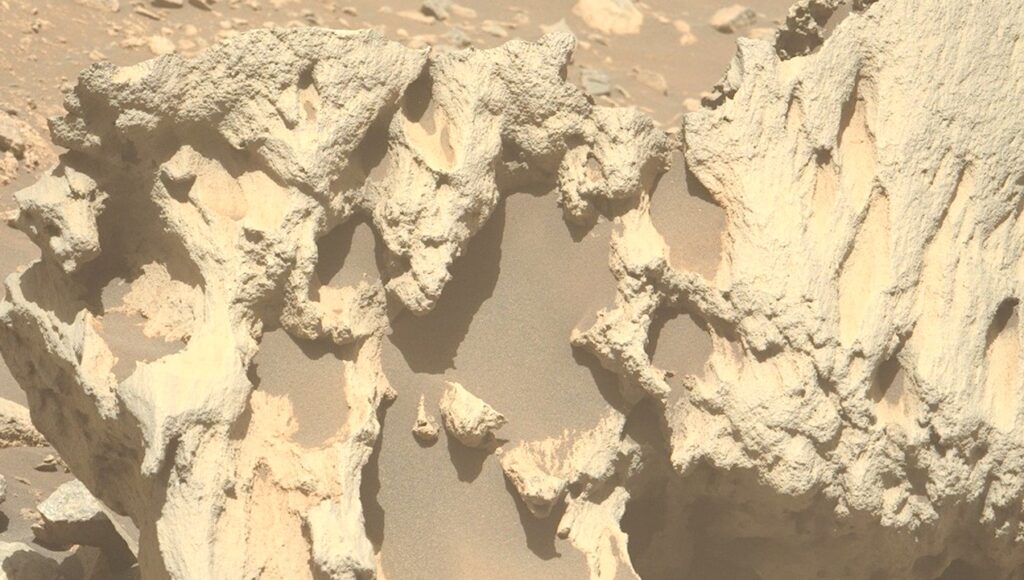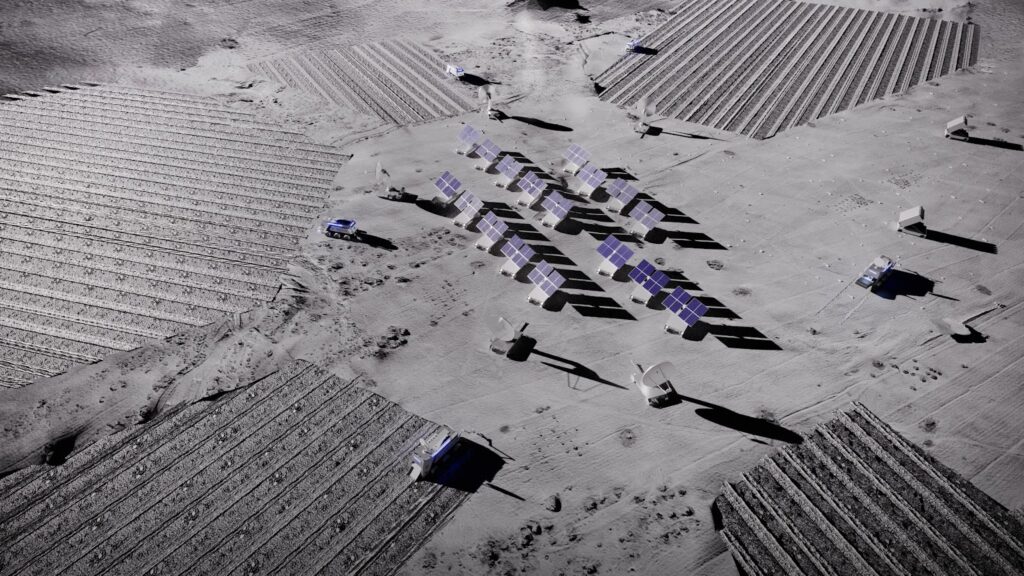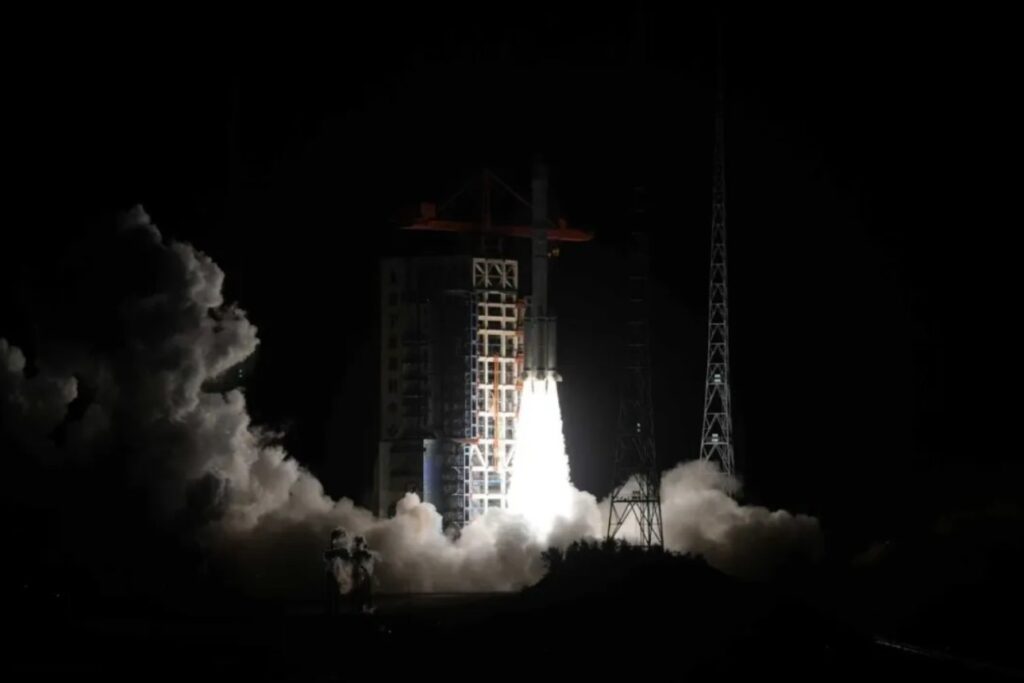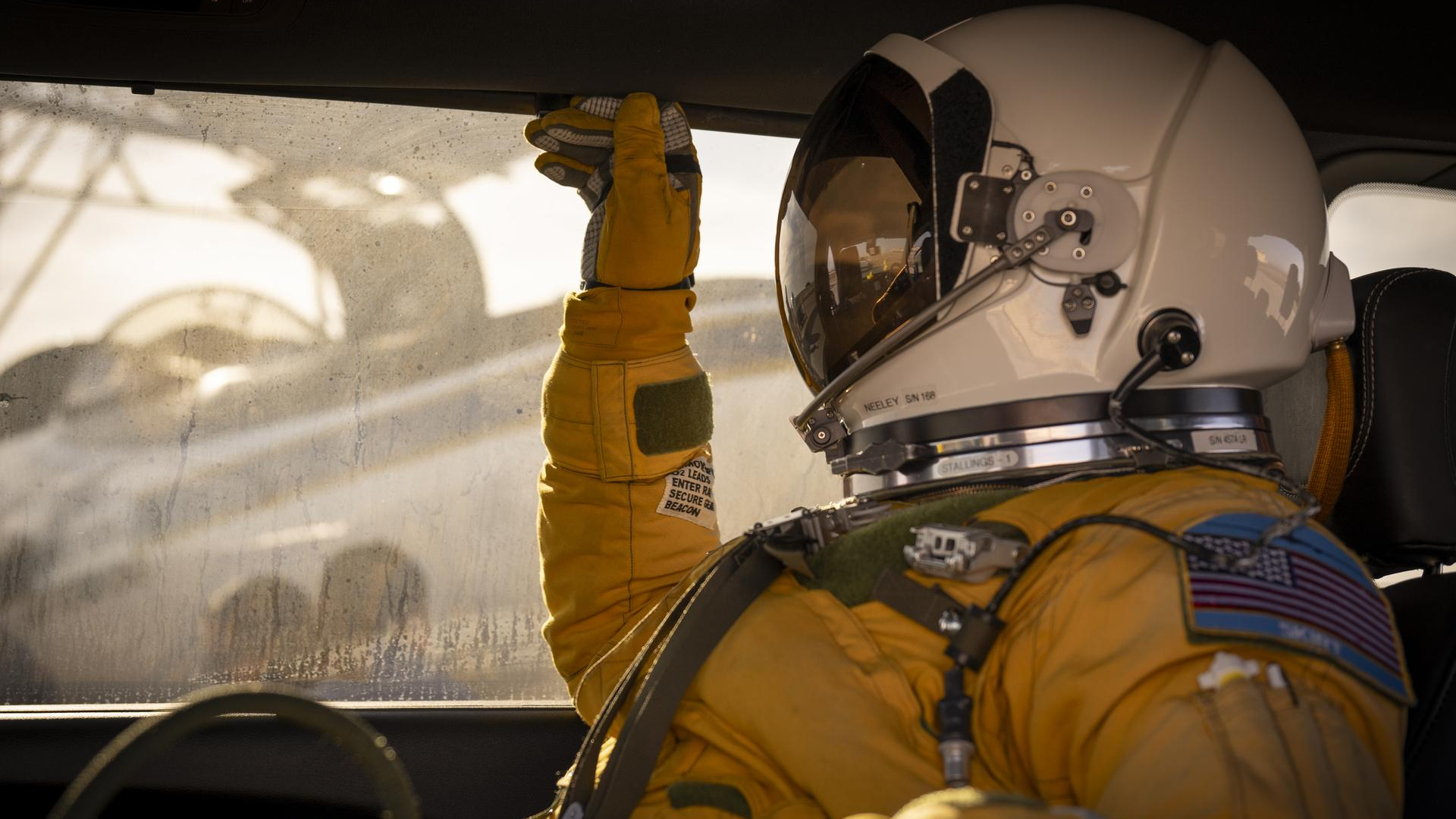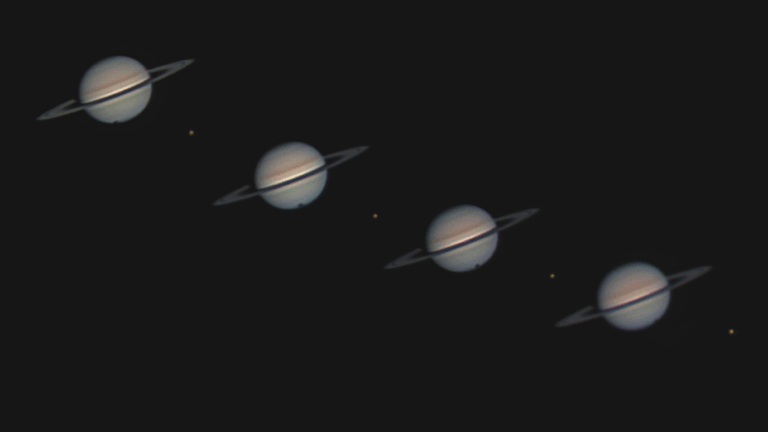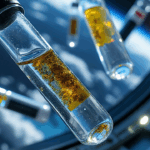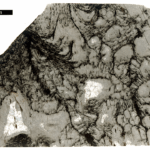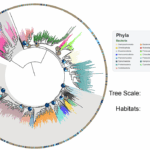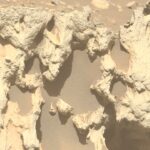Now Reading: NASA’s newest astronauts will have to be willing to wait
-
01
NASA’s newest astronauts will have to be willing to wait
NASA’s newest astronauts will have to be willing to wait
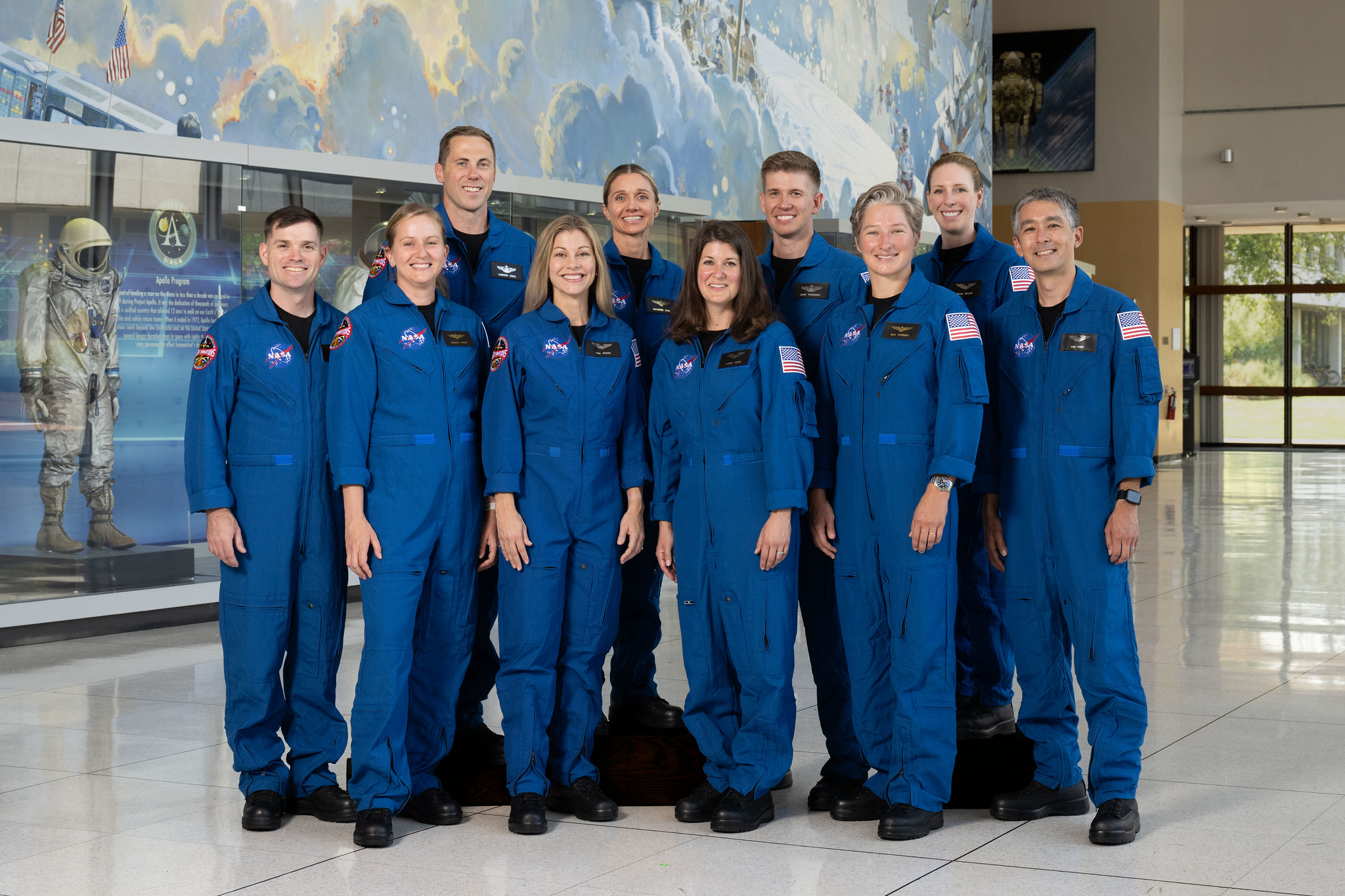

Lauren Edgar thought she had missed out on becoming an astronaut again.
Earlier this year, friends at the Johnson Space Center gave Edgar, a planetary scientist at the U.S. Geological Survey who had applied to be an astronaut, a heads-up: NASA would be calling the people selected for the latest astronaut class that day. But the day came and went without a call from Houston. “So I thought, you know, it didn’t work out this time.”
At home that evening, though, she got a phone call from an unknown number. “I remember looking down and wondering if I should answer this, but it might be a contractor that was coming to my house,” she said. Instead, it was Joe Acaba, NASA’s chief astronaut, asking if she was still interested in being an astronaut. “Of course, I said, ‘Absolutely.’”
She recounted the call in an interview a few hours after a ceremony at JSC Sept. 23 when NASA announced Edgar and the nine other members of the newest astronaut class, formally called Group 24. The cohort was, in many respects, like previous ones, with a mix of pilots, scientists, engineers and doctors. At the event, NASA Acting Administrator Sean Duffy, whose initial fame came from reality TV shows, referred to them as “our new cast of astronauts.”
But there were notable differences. With six women, Group 24 was the first in which women outnumbered men. In addition, one of those six already had spaceflight experience: Anna Menon, a SpaceX engineer who flew on the Polaris Dawn private astronaut mission a year ago. Both differences were reflections of changes in society as well as in industry, where NASA is no longer the only way to get to space.
The astronaut corps is evolving in other ways. For years, astronauts could count on a steady stream of expeditions to the International Space Station. However, by the time this new class completes its two-year training and becomes eligible for flight assignments, the ISS will be approaching its scheduled 2030 retirement, making it unlikely they will fly there — especially when most members of the previous class, selected in late 2021, have yet to fly themselves.
There will be missions to commercial successors of the ISS, but recent changes in NASA’s approach to supporting those stations mean it’s unclear exactly how many flight opportunities there will be for NASA astronauts. And, of course, there will be Artemis missions, yet even NASA’s most optimistic plans foresee just one such mission a year into the 2030s.
None of that appeared to deter the new class, including Edgar. She said she first became interested in becoming an astronaut in second grade after seeing a shuttle launch. In college, she interned at NASA’s Goddard Space Flight Center and later spent 17 years working on Mars rover missions. When she got the call from Acaba, she was the deputy principal investigator for the Artemis 3 geology team.
She said she applied for the previous two astronaut classes but did not advance far in the selection process. Ironically, she ended up working with both of those classes, brought in by NASA as a geology instructor as part of their training.
“Even if nothing came from this, I was so excited to learn from the selection process and bring that to my previous job and working with the astronauts,” she said of her latest astronaut application.
Given her background, it would seem like Edgar would want a slot on a future Artemis mission, doing the science she helped plan. In the interview, though, she said she had no specific goals in mind as an astronaut, like going to the moon.
“Everything in NASA’s portfolio right now sounds pretty exciting,” she said, mentioning both ISS research and Artemis.
With limited mission opportunities for the foreseeable future, astronauts can’t be too choosy about what they want to do. Perhaps the most important attribute a contemporary astronaut can have is patience, be it waiting for a phone call — or a flight assignment.
This article first appeared in the October 2025 issue of SpaceNews Magazine.
Stay Informed With the Latest & Most Important News
Previous Post
Next Post
-
 012024 in Review: Highlights from NASA in Silicon Valley
012024 in Review: Highlights from NASA in Silicon Valley -
 02Panasonic Leica Summilux DG 15mm f/1.7 ASPH review
02Panasonic Leica Summilux DG 15mm f/1.7 ASPH review -
 03How New NASA, India Earth Satellite NISAR Will See Earth
03How New NASA, India Earth Satellite NISAR Will See Earth -
 04And Thus Begins A New Year For Life On Earth
04And Thus Begins A New Year For Life On Earth -
 05Astronomy Activation Ambassadors: A New Era
05Astronomy Activation Ambassadors: A New Era -
06SpaceX launch surge helps set new global launch record in 2024
-
 07Space Force plans new ‘Futures Command’ amid pressure to speed up modernization
07Space Force plans new ‘Futures Command’ amid pressure to speed up modernization












